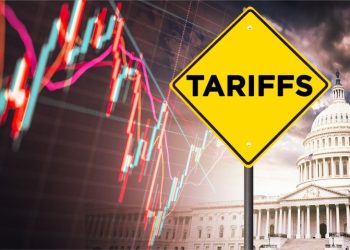When the Federal Reserve raises or lowers its benchmark interest rate, many people expect mortgage rates to follow suit. But the relationship isn’t that straightforward.


Deborah Kearns
Deborah Kearns is a freelance editor and writer with more than 15 years of experience covering real estate, mortgages and personal finance topics. Her work has appeared in The New York Times, Forbes Advisor, The Associated Press, MarketWatch, USA Today, MSN and HuffPost, among others. Deborah previously held editorial leadership and writing roles at NerdWallet, Bankrate, LendingTree and RE/MAX World Headquarters.
Related Posts
Comments 1
Leave a Reply Cancel reply
Taking Advantage of Client Reviews (and Referrals)
Client reviews are very important to your team’s business and how you market yourself. Plus, referrals are the easiest and most surefire way to gain more clientele. Read more.
Business Tip of the Day provided by
Categories
The Most Important Real Estate News & Events
Click below to receive the latest real estate news and events directly to your inbox.
By signing up, you agree to our TOS and Privacy Policy.












Why the headline? It’s never just the Fed.